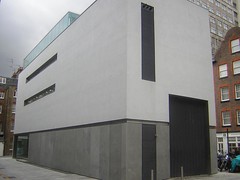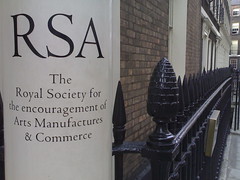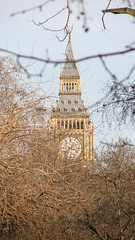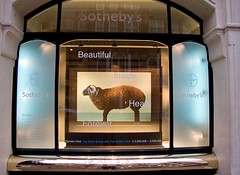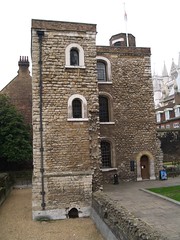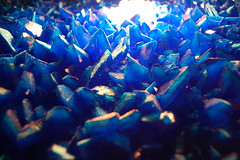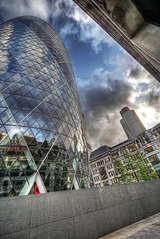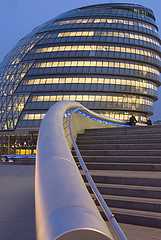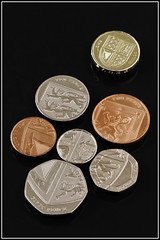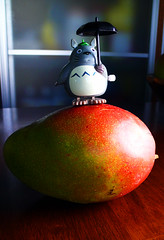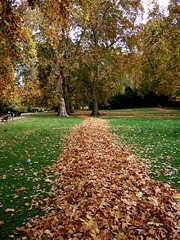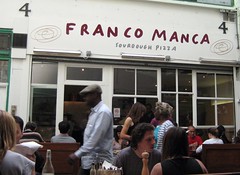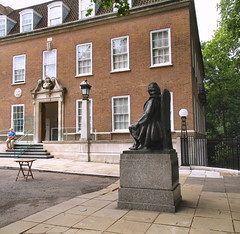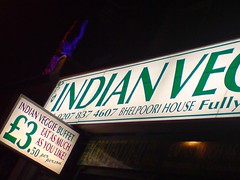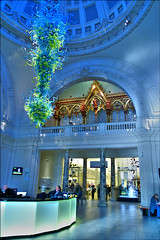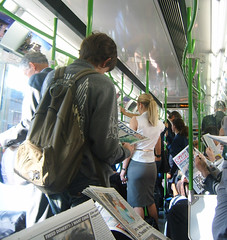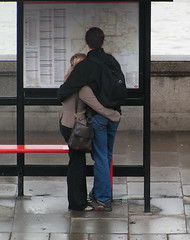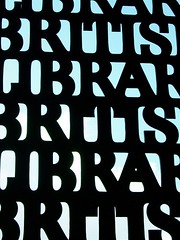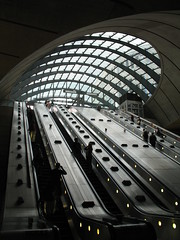 Question of the week: Can you recommend a London day-trip?
Question of the week: Can you recommend a London day-trip? "As Prof. O'Boyle wrote on Monday, the Thames Barrier is both a masterpiece of engineering and a beautiful construction. However, it's not all that London's Docklands has to offer.
If you want to visit the Thames Barrier's information centre, you'll be catching a bus from North Greenwich station. While you're there, check out the 02 centre - what was originally the much-maligned Millennium Dome. As well as hosting major music and sporting events, the 02 is also home to two smaller music venues, an IMAX cinema, and two museum spaces, one hosting the 'British Music Experience', the other international 'blockbuster' exhibitions.
Once you're done, head to the river (past the David Beckham Football Academy) to catch a boat back to Canary Wharf - the heart of Dockland's rebirth as the alternative financial capital of the capital. (Take every opportunity possible to see London from the river, wherever you find yourself along it's length.)
Soaring glass towers, sleek malls, and manicured gardens have blossomed where 30 years ago bomb damage from the Second World War and changes in international trade meant that much of the area was derelict and abandoned. In a sense, the development brings the area full circle, back to it's prosperous role in world trade in the 18th and 19th centuries.
 Built in 1802, the warehouse which is home to Museum of London Docklands was originally used to store vast quantities of rum, molasses, coffee, pimento and cotton from the West India slave plantations. Now, the building tells the story of London's history through it's ports and trading life, which shaped all levels of society throughout London's history. It also examines the capital’s involvement in the transatlantic slave trade with the gallery London, Sugar and Slavery.
Built in 1802, the warehouse which is home to Museum of London Docklands was originally used to store vast quantities of rum, molasses, coffee, pimento and cotton from the West India slave plantations. Now, the building tells the story of London's history through it's ports and trading life, which shaped all levels of society throughout London's history. It also examines the capital’s involvement in the transatlantic slave trade with the gallery London, Sugar and Slavery.(There are plenty of restaurants in the area, both in the malls, and near the museum, but the cheapest option is the Ledger Building pub, to your left when you're looking at the museum).
Heading home again, you can either take the DLR from West India Quay, or head back to Canary Wharf for the Jubilee Line. If you're on the fully-automated DLR, try for the very front seats of the first carriage, or if you pick the tube, take a moment to look around the station - it may look familiar from films you may have seen!"
- Miss Alice
* Photos by Effervescing Elephant and nataliej, used under Creative Commons.


